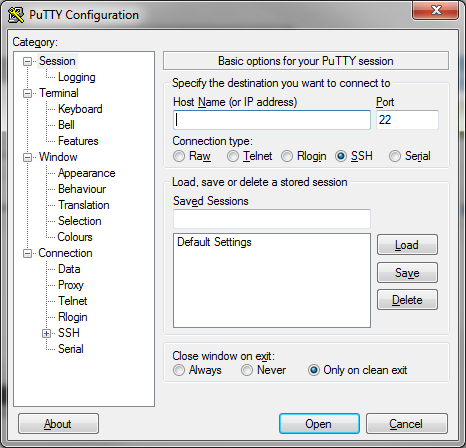MongoDB Getting Started
Main Page >> MongoDB >>MongoDB Workbook >> Getting Started
Using MongoDB
To access the database, you need to login to mi-linux.wlv.ac.uk (also called csl-student.wlv.ac.uk).
mi-linux can be accessed using a Secure Shell client, such as Putty, that is available using the Apps Anywhere system.
Apps Anywhere
putty is a secure shell (SSH) client that can be used to access the University's Linux server. It is freely available to download for use at home (just search for putty). When using putty at the University, it is available via the Applications Anywhere software hub: [Apps Anywhere]
Click the Apps Anywhere icon on your desktop:

Which will bring up the following window:

Click where it says CLICK HERE.
Once you have been validated, then search for putty:

Note:
- the software version numbers may differ slightly
- you may have to install this for every PC that you use.
putty
Once you have installed putty, double click on it and it will bring up a Window similar to this:

with the following details:
Host Name: mi-linux.wlv.ac.uk (or csl-student.wlv.ac.uk)
and press Open
When prompted to login as:
use your University username and password.
Starting MongoDB
MongoDB can be started in several ways.
First time
Once logged in, to start MongoDB run either the following command:
runMongo
This runs with a default password, that should be changed when you first login (see below).
With Password
Once you have changed your password:
runMongo yourPassword
With other settings
runMongo is a script file setup for your convenience that run mongo and logs you into your own database.
If you need to change any of the mongo options you will need to run mongo directly:
mongo dbYourStudentNumber --port 27017 -u yourStudentNumber -p yourMongoPassword -whatever options required
Changing Password
Once you have logged into MongoDB successfully you can change the default password:
db.updateUser("myStudentNumber",
{
pwd: "myNewPassword",
}
);
Replacing myStudentNumber with your University student number and myNewPasswor with your new password.
Note, the function names in MongoDB are case sensitive.
Next Step
MongoDB Overview.